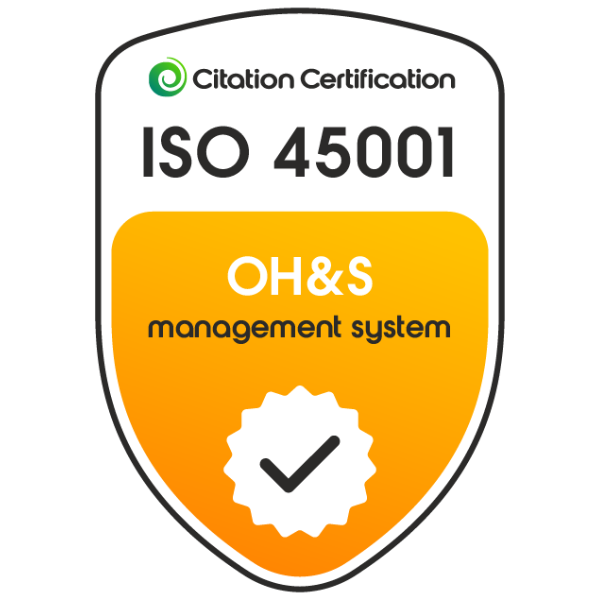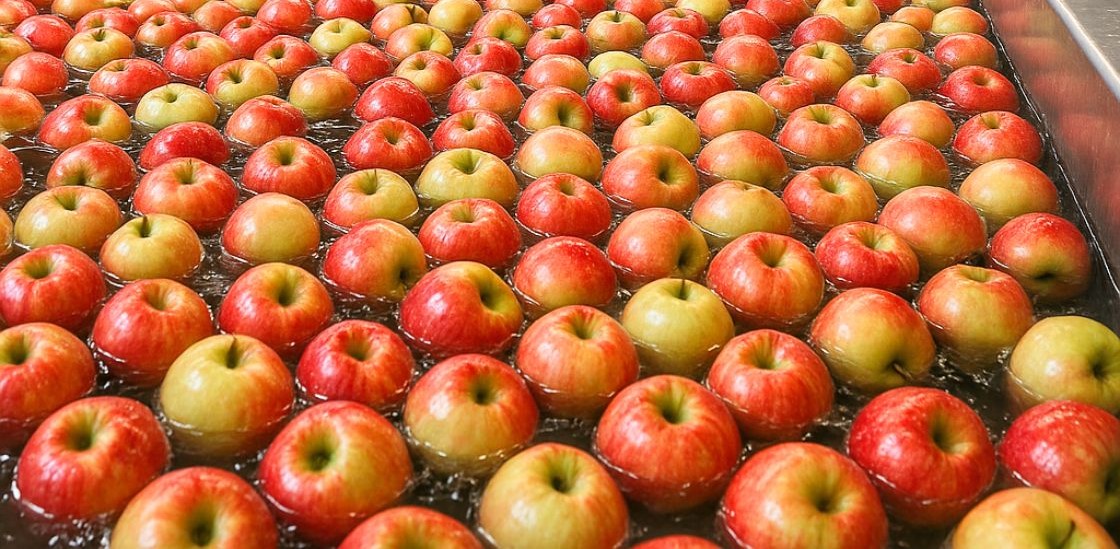
Operators of produce packhouses are always looking for ways to improve their efficiency, reduce costs, and increase the quality of their product. In this case study, we’ll look at a large Australian fruit packhouse that is using Swan water analysers in their state-of-the-art processing facility in order to achieve these objectives.
Packhouse Water Quality
Process water is utilised in packhouse operations to cool, clean, and move produce from one part of the packing process to another. For consumer health and safety, disinfectants are used to clean the fruit and ensure that potentially harmful microorganisms are eliminated before they reach supermarkets and grocery stores.
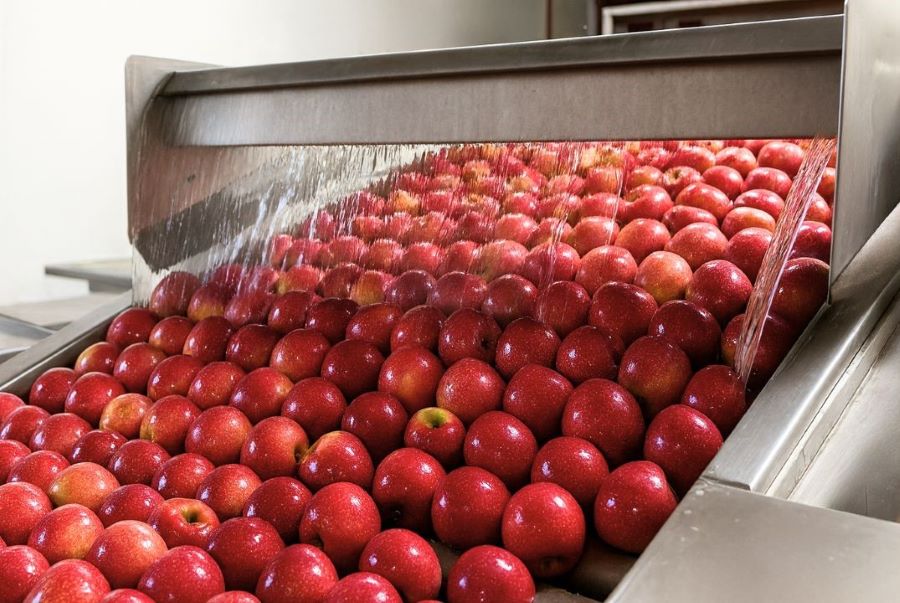
At a large established fruit growing, picking and packing company in Victoria, primary disinfection of the fruit involves chlorine and hydrogen peroxide, while chlorine dioxide (ClO2) is used in the final disinfection rinse.
In this case study, our focus is on the final disinfectant rinse utilising ClO2. ClO2 is highly effective in controlling bacterial, fungal and viral contamination of fresh produce. It also helps prevent potentially harmful biofilms from forming on process equipment. ClO2 does not affect the taste, smell, appearance or nutritive qualities of the fruit, and does not produce any toxic by-products.
ClO2 is safe to use and meets the requirements of the food industry, but only at the correct concentration. Accurate dosing, control, and monitoring of ClO2 levels in the water are critical for protecting the longevity of processing equipment, the environment, and consumer health. Too little ClO2 means ineffective disinfection, while too much ClO2 can damage the produce and machinery, and waste resources.
Chlorine Dioxide Monitoring
In 2022, the packhouse introduced new automation technology which included a chlorine dioxide disinfection system, outfitted with four Swan AMI Codes-II water analysers. Positioned strategically at each of the processing plant’s final wash and rinse stations, these automatic monitors ensure the water’s cleanliness and safety.
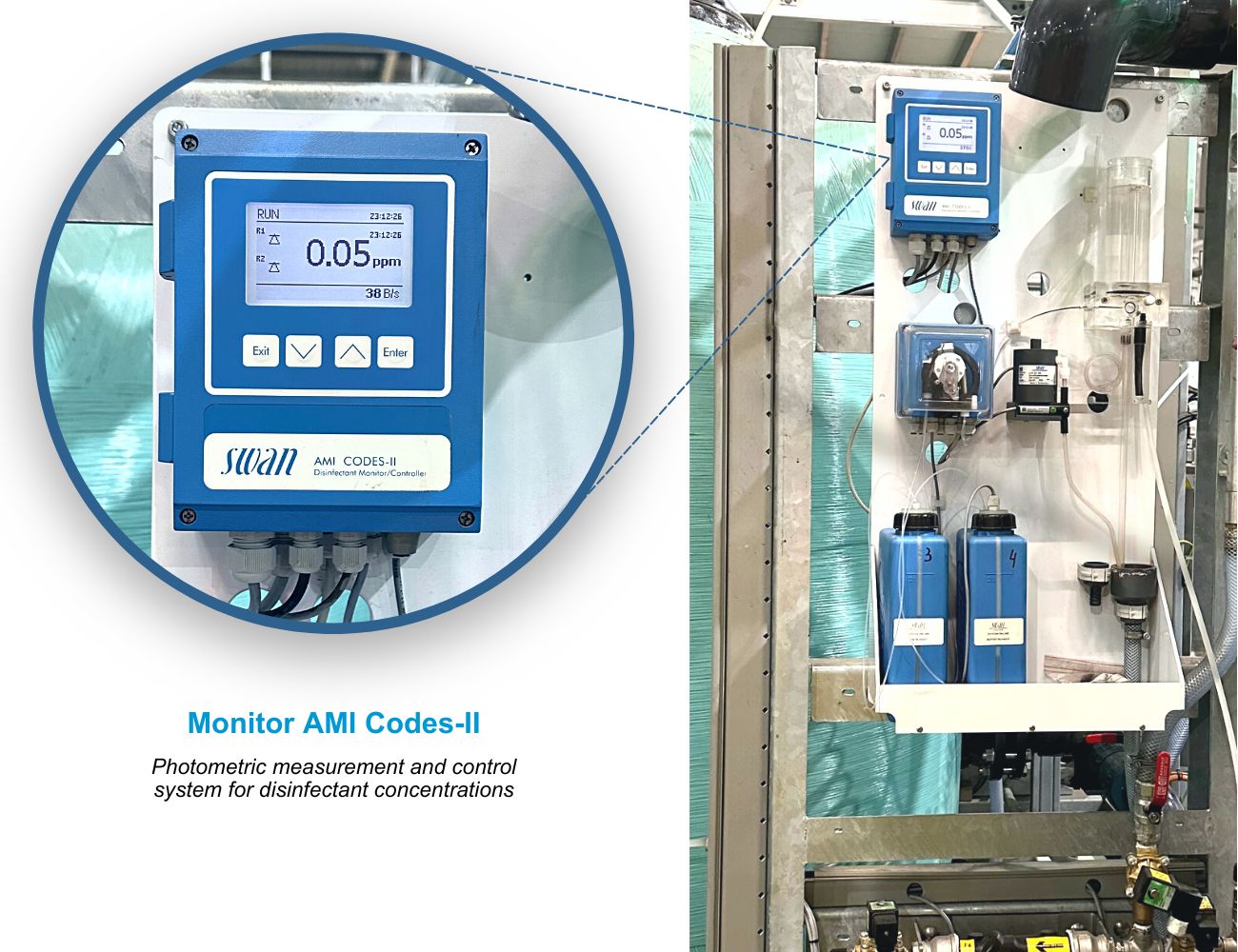
Monitor AMI Codes-II at an Australian Fruit Packhouse
The Codes-II offers a comprehensive monitoring system to ensure ClO2 and other disinfectants in water are continuously measured and kept at safe levels. Making it stand out from its competitors, the Codes-II is able to provide unprecedented levels of accuracy and reproducibility thanks to an automatic zero-value calibration feature. One of the most popular features is the cleaning module which is designed to drastically reduce maintenance needs, while allowing for high tolerance against fouling.
For the team at this Australian packhouse, the Codes-II analysers have been invaluable in ensuring produce cleaning is compliant and efficient, providing a safer product for the consumer. Two years on from the installation, they report that ClO2 concentration monitoring in their processing has been easy, efficient, and safe. They have seen no corrosion of their valuable stainless steel equipment during this time, which they are very pleased about.
Being able to monitor changes in water quality in real-time, allows the team to take corrective action right away if necessary. This saves time and money, as well as protecting the health of the consumer. Furthermore, since all readings are digitally recorded, it’s easier than ever to track trends over time in order to identify potential areas of improvement or optimisation opportunities down the line.
The knowledge that their ClO2 concentration monitoring system is reliable, accurate, and efficient gives the packhouse team peace of mind. Precise measurements and records also allow the consumer to have confidence in the process and the end product.
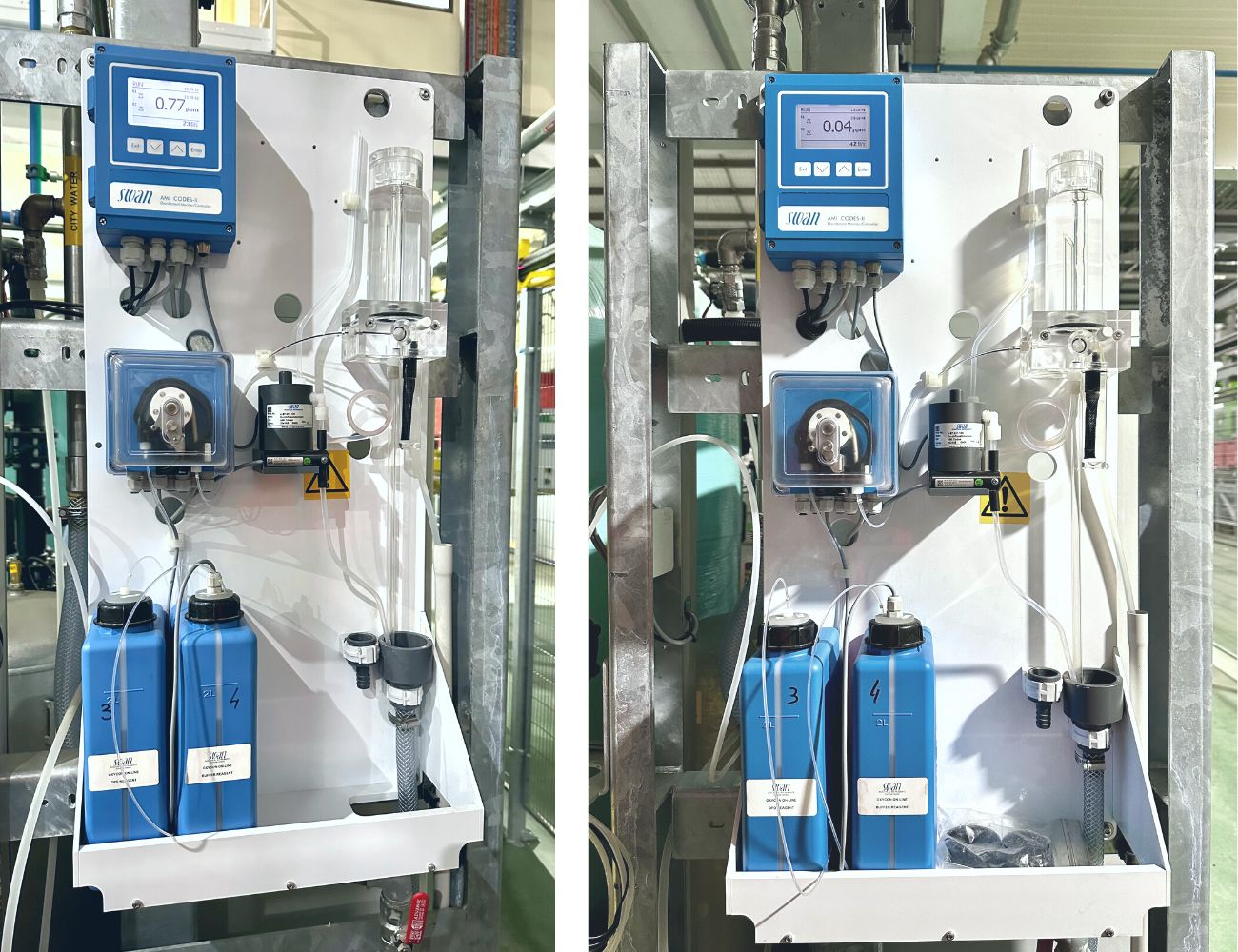
AMI Codes-II Analysers installed in the fruit packhouse





